Here’s a simplified version of the content with improved readability:
Mimosa Hostilis Dye
Mimosa Hostilis Dye is a natural plant-based dye. It creates rich reddish-purple tones. The dye comes from the inner root bark of the Mimosa hostilis tree, also called Jurema Preta. It is widely used for textiles, leather, and art. Its strong pigment makes it a favorite for long-lasting colors.
Features, Source, and Ingredients
Mimosa Hostilis Dye comes from the Mimosa hostilis tree. This tree grows in South America and Mexico.
The inner root bark is dried and ground into powder. The dye is high in tannins and natural pigments. This makes it strong and long-lasting. It is also biodegradable and eco-friendly.
Profile and Fastness
This dye produces shades from soft pink to deep purple. The final color depends on the fabric and dye concentration.
It has good resistance to fading. Dyed fabrics keep their color for years with proper care.
Recommended Materials and Uses
Mimosa Hostilis Dye works best on natural materials, such as:
- Cotton – Ideal for shirts, scarves, and home décor.
- Linen – Great for tablecloths and napkins.
- Silk – Perfect for luxury fabrics.
- Leather – Used in traditional and modern leather crafting.
- Paper and Wood – Common in art and staining projects.
This dye is popular in natural textile dyeing and sustainable fashion. It is also used in indigenous art.
Application and Usage
Mordanting with Alum
Mimosa Hostilis Dye contains tannins. This helps the color bond with fabric. However, alum can improve color absorption, especially on silk and wool.
How to Mordant with Alum:
- Wash the fabric – Removes dirt and oils.
- Make the alum bath – Dissolve 10-15% alum (of fabric weight) in warm water.
- Soak the fabric – Leave it in the bath for one hour.
- Rinse and dry – Rinse in cool water and let it dry.
General Dyeing Steps
- Prepare the dye bath – Mix the dye powder with hot water. Let it steep.
- Strain the dye – Remove solid particles for a smooth mixture.
- Submerge the fabric – Stir often for even coloring.
- Soak and oxidize – Let the fabric sit for 1–24 hours.
- Rinse and dry – Wash with cool water and let it air dry.
For deeper colors, repeat the process or use more dye.
Cultural and Historical Significance
Mimosa Hostilis Dye has been used for centuries. Indigenous groups in South America and Mexico used it for textiles, body paint, and art.
The deep hues symbolized strength and a connection to nature. Today, it remains popular in natural fabric dyeing and eco-friendly fashion.
Packaging, Storage, and Safety
Packaging: The dye comes in powder form. It is sealed for freshness.
Storage: Store in a cool, dry place. Keep away from sunlight.
Safety Tips:
- Wear gloves – Prevents stains.
- Use a mask – Avoid breathing in the powder.
- Keep away from children – Do not ingest.
FAQs
Q. Does Mimosa Hostilis Dye fade over time?
No, it has strong colorfast properties. However, prolonged sunlight exposure may cause slight fading.
Q. Can I use it on synthetic fabrics?
No, it works best on natural fibers like cotton, wool, and silk.
Q. Do I need a mordant for dyeing with Mimosa Hostilis?
No, but using alum can help deepen the color on some fabrics.
Q. Is Mimosa Hostilis Dye eco-friendly?
Yes, it is plant-based, biodegradable, and free of synthetic chemicals.
Q. Can I mix Mimosa Hostilis with other dyes?
Yes, mixing it with other natural dyes can create unique shades.
Q. How do I achieve a darker color?
Use more dye or let the fabric soak longer.
Mimosa Hostilis Dye offers vibrant, natural colors that last. It is perfect for textiles, crafts, and eco-friendly fashion.

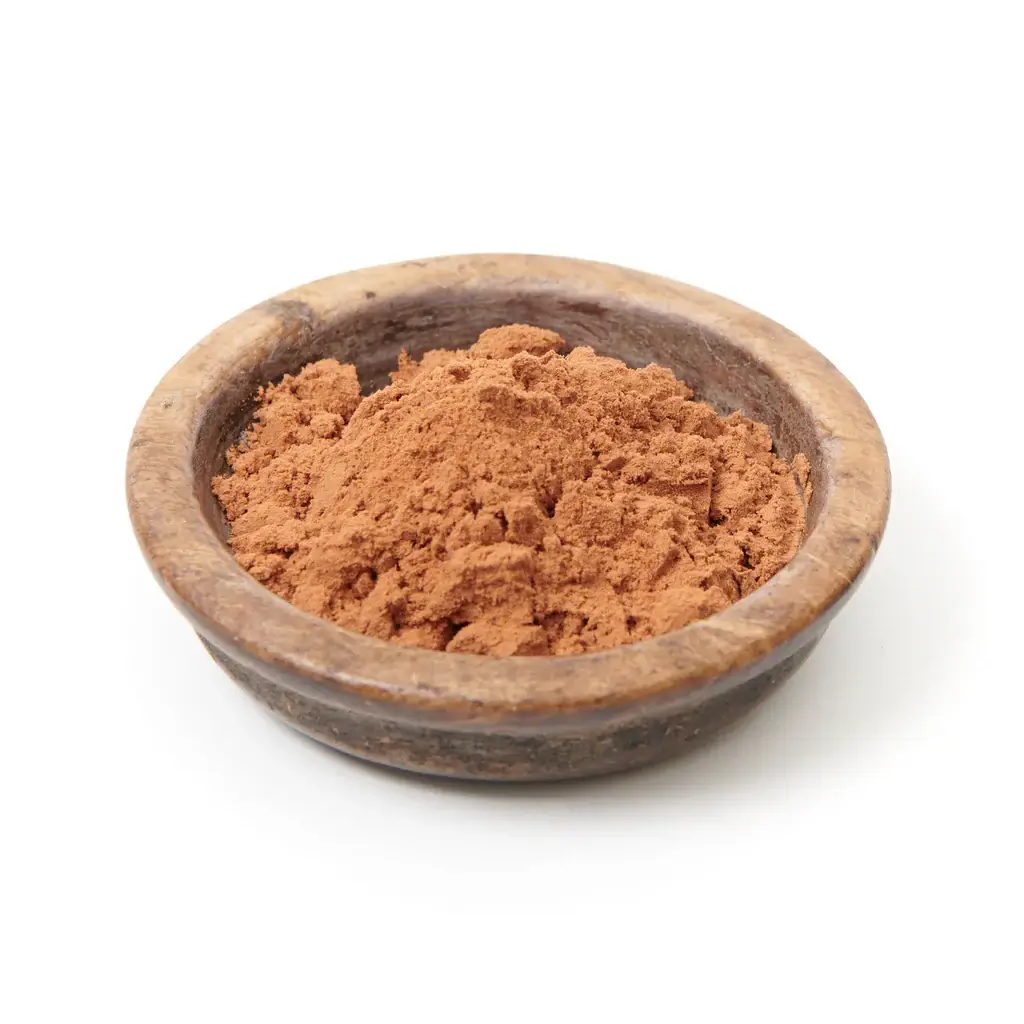
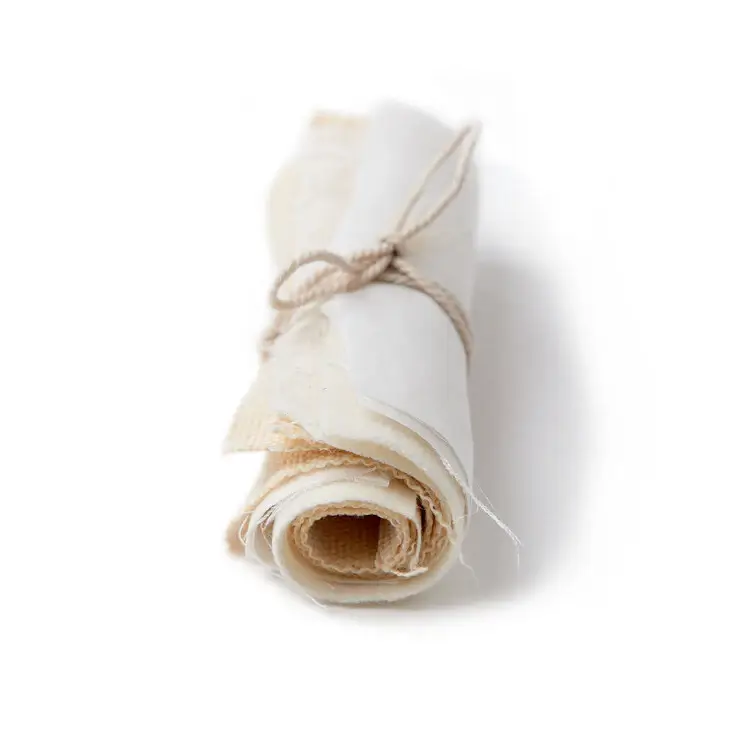
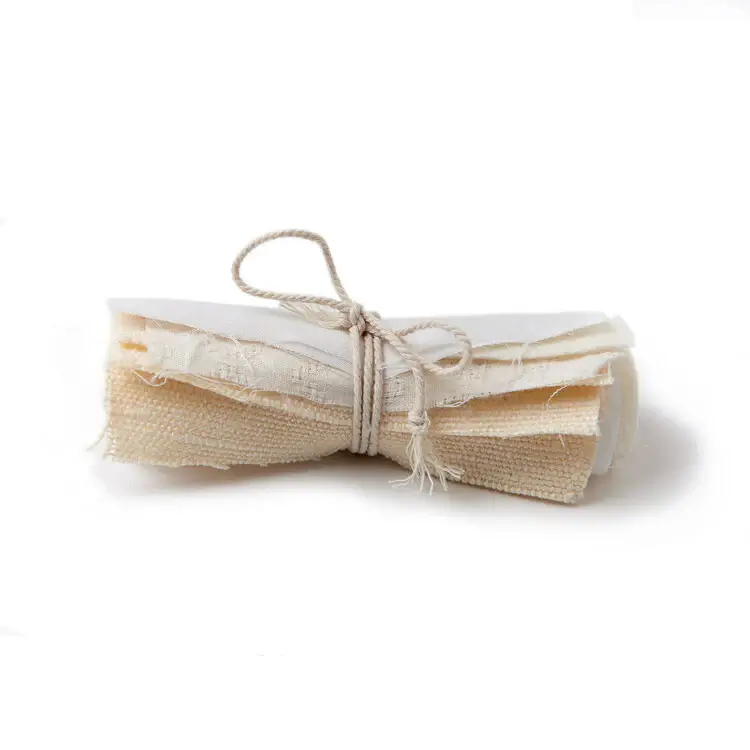
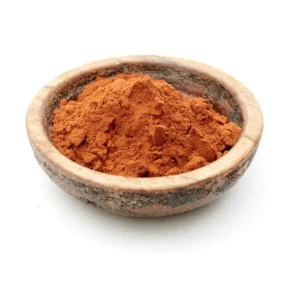
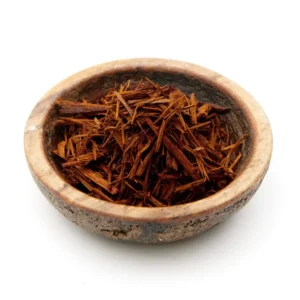
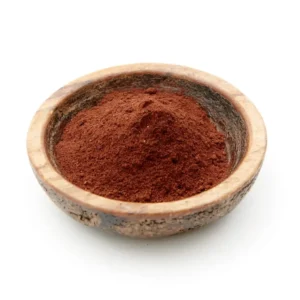
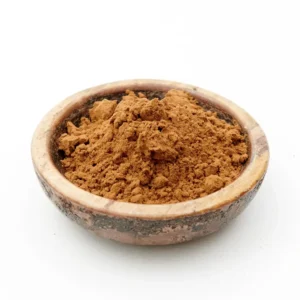
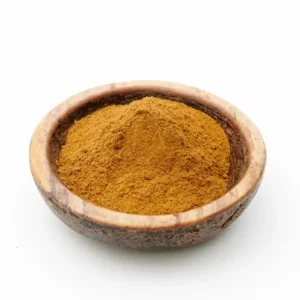
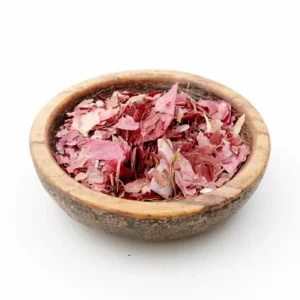
Reviews
There are no reviews yet.